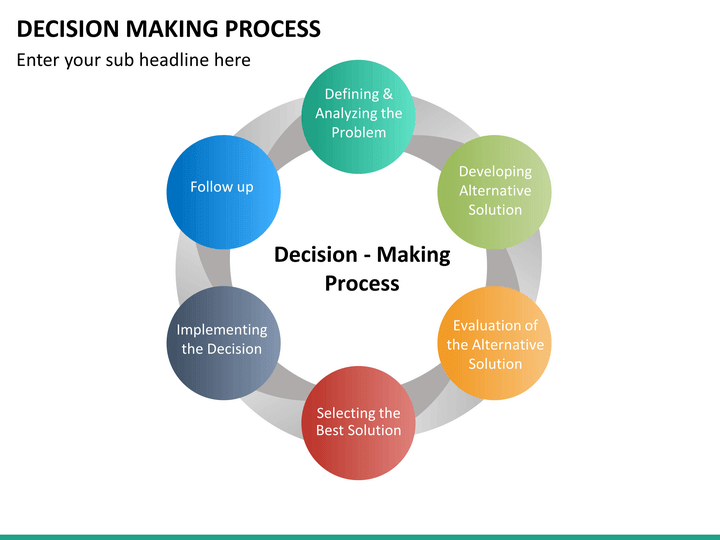In a world inundated with information and choices, effective decision-making is a crucial skill. Whether you are a business professional, a student, or someone facing personal choices, having the right decision-making tools at your disposal can significantly enhance the quality of your decisions. This article aims to provide comprehensive guidelines about decision-making tools, exploring their types, applications, and best practices.
Types of Decision-Making Tools:
Decision Trees:
Decision trees are graphical representations of decisions and their potential consequences. They are particularly useful for complex, multi-step decisions. Each branch of the tree represents a decision point, and the outcome at the end helps guide the decision-maker toward the best choice.
SWOT Analysis:
SWOT (Strengths, Weaknesses, Opportunities, Threats) analysis is a strategic planning tool that helps assess internal and external factors influencing a decision. By identifying these factors, individuals or organizations can make informed choices that align with their goals and objectives.

Cost-Benefit Analysis:
This tool involves evaluating the costs and benefits associated with different alternatives. It helps quantify and compare the advantages and disadvantages, enabling decision-makers to choose the option that provides the highest net benefit.
Pareto Analysis:
The Pareto Principle, also known as the 80/20 rule, suggests that 80% of effects come from 20% of causes. Pareto analysis helps identify and prioritize the most significant factors contributing to a decision, allowing for focused attention on critical issues.
Decision Matrix:
A decision matrix is a tabular method for comparing multiple options based on different criteria. By assigning weights to each criterion and scoring each option accordingly, decision-makers can objectively evaluate and compare alternatives.
Best Practices for Using Decision-Making Tools:
Define Clear Objectives:
Before utilizing any decision making tools, it is essential to have a clear understanding of the objectives you aim to achieve. Clearly defined goals provide a framework for selecting the most appropriate tool.
Gather Relevant Data:
Accurate and up-to-date information is crucial for effective decision-making. Ensure that you gather all relevant data, whether it's market trends, financial information, or other pertinent factors related to your decision.

Involve Stakeholders:
Decision-making often involves multiple stakeholders. Involving relevant parties in the process fosters collaboration, enhances perspectives, and increases the likelihood of a successful outcome.
Consider Risks and Uncertainties:
No decision is without risks. Decision-making tools should account for uncertainties and potential drawbacks. Conduct a thorough risk analysis to understand the potential downsides of each option.
Regularly Review and Update:
Decision-making is an iterative process. Regularly review the decisions you make and update them as necessary. Changes in circumstances may require adjustments to your chosen course of action.
Conclusion:
Navigating decisions in an increasingly complex world requires thoughtful consideration and the right tools. By employing decision-making tools such as decision trees, SWOT analysis, cost-benefit analysis, Pareto analysis, and decision matrices, individuals and organizations can make informed choices that align with their objectives. Adopting best practices, such as defining clear objectives, gathering relevant data, involving stakeholders, considering risks, and regularly reviewing decisions, will enhance the effectiveness of these tools and contribute to successful decision-making.



